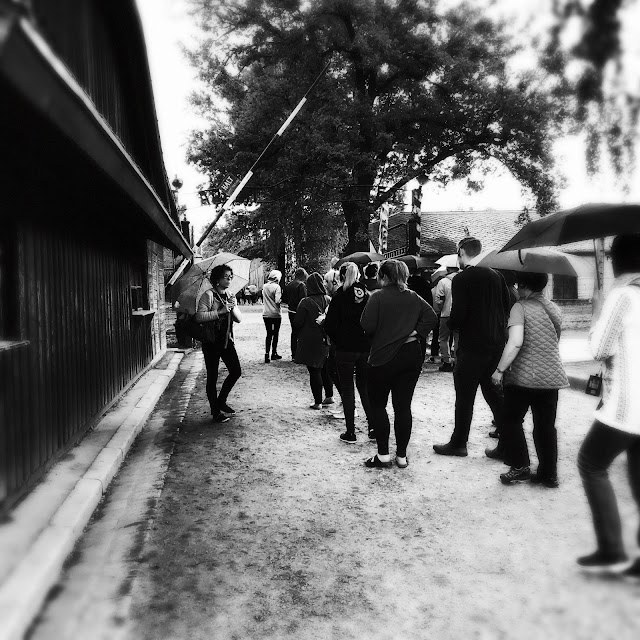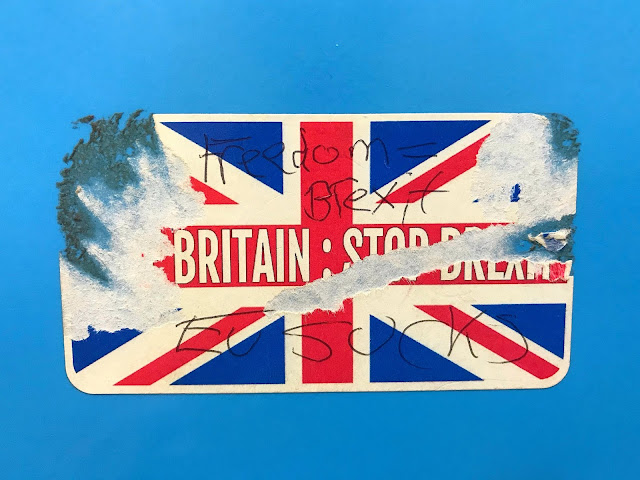Auschwitz: the largest mass murder site in human history
 |
| Picture of a young woman in Auschwitz-Birkenau Memorial and Museum in Poland. |
 | |
Tourist watching the Judenrampe and original cattle box car used to bring Jews to the gas chambers at Birkenau. |
 |
| Personal items of victims of Nazi death camp in Auschwitz. |
 |
| Auschwitz was considered a comfortable posting by many SS members, due to its many amenities and the abundance of slave labor. |
 |
In mid-1944, about 130,000 prisoners were present in Auschwitz when the SS started to move about half of them to other concentration camps. |
 |
| Human hair in display case at Auschwitz.During liberation Soviet Army found about 7,000 kilograms of human hair, packed in paper bags, when they liberated the camp. |
 |
| Woman shoes in display case at Auschwitz. |
 |
"The chimneys spewed fire… the smell of burning human flesh was unbelievable": Auschwitz survivors recalls horrors of the Nazi death camp in Auschwitz in their memoirs and interviews. |
 |
| In the decades since its liberation, Auschwitz has become a primary symbol of the Holocaust. |








Thank you so much Marcin! Best regards !
ReplyDeleteThank you so much Marcin!
ReplyDeleteเย็ดสาว